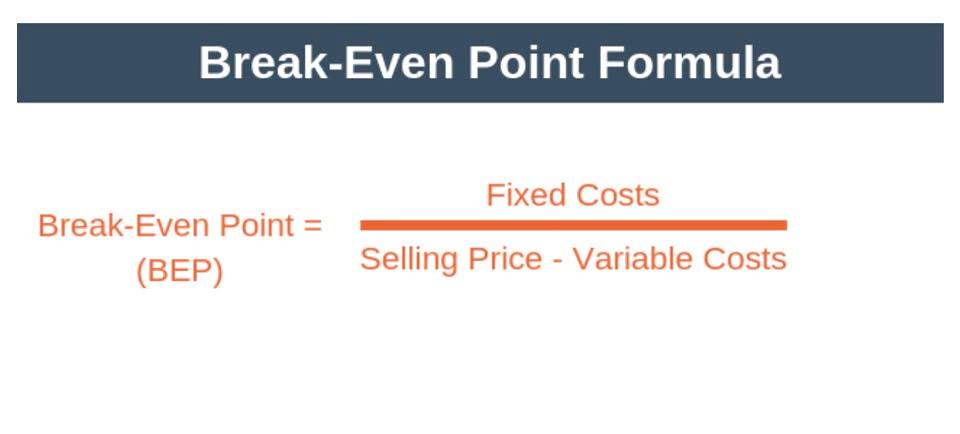
The information reported in the income statement must meet specific criteria. These criteria come from the definition set for each item that goes into the statement. For example, revenues must include inflows of economic benefits during the period.
Harold Averkamp (CPA, MBA) has worked as a university accounting instructor, accountant, and consultant for more than 25 years. We provide third-party links as a convenience and for informational purposes only. Intuit does not endorse or approve these products and services, or the opinions of these corporations or organizations or individuals. Intuit accepts no responsibility for the accuracy, legality, or content on these sites. Another option for encouraging clients to pay invoices on time is to charge late fees. A typical aging schedule groups invoices by their number of days outstanding, such as 0-30 days, days, days, and over 90 days.
Vertical Analysis
The balance sheet produces reports on the company’s assets, liabilities, and equity. On the other hand, the income statement produces reports on the company’s revenue and expenses, including whether the company made a profit or https://www.bookstime.com/ loss. Companies produce three major financial statements that reflect their business activities and profitability for each accounting period. These statements are the balance sheet, income statement, and statement of cash flows.
- It’s important to note that the trial balance is different from the balance sheet.
- The balance sheet is the cornerstone of a company’s financial statements, providing a snapshot of its financial position at a certain point in time.
- In summary, understanding how Accounts Receivable appears on a Balance Sheet can provide valuable insights into a company’s financial health and help with effective cash management strategies.
- A balance sheet is a financial statement that highlights what the company owes and owns at a specific time.
- On the income statement, analysts will typically be looking at a company’s profitability.
- The balance sheet reveals how well the company’s management team is putting the business resources to good use.
As a result, overstating any inventory values could lead to an overstated cost of goods sold, which can reduce the revenue earned per unit. Some companies may look to overstate inventory to inflate their balance sheet assets for the potential use of collateral if they are in need of debt financing. Typically, it is a best practice to buy inventory at the lowest possible cost in order to reap the greatest profit from a sale. An income statement is prepared before a balance sheet to calculate net income, which is the key to completing a balance sheet.
Long-term Liabilities
It could possibly be that they are extending credit more readily than anticipated or not collecting as rapidly on outstanding accounts receivable. The company will need to further examine this difference before deciding on a course of action. Another method of analysis Banyan might consider before making a decision is vertical analysis. The last expenses to be considered here include interest, tax, and extraordinary items. The subtraction of these items results in the bottom line net income or the total amount of earnings a company has achieved.
Recall that current assets and current liabilities are amounts generally settled in one year or less. Working capital (current assets minus current liabilities) is used to assess the dollar amount of assets a business has available income statement accounts to meet its short-term liabilities. A positive working capital amount is desirable and indicates the business has sufficient current assets to meet short-term obligations (liabilities) and still has financial flexibility.
